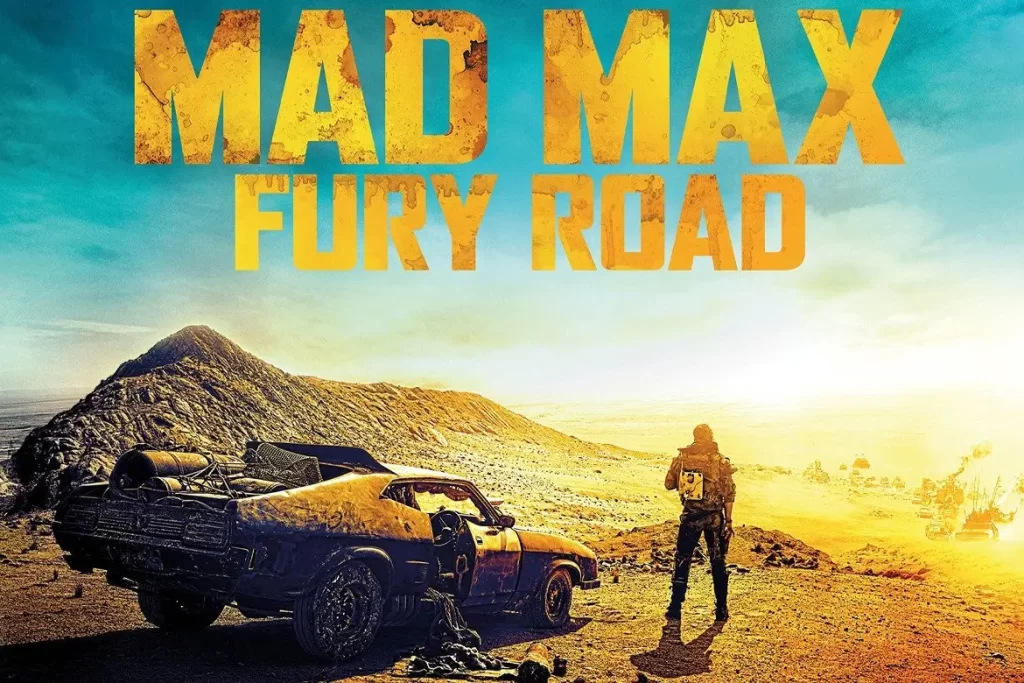George Miller’s Mad Max: Fury Road (2015) is about water, fossil fuels, sand and bonkers action. There is a lot that is problematic with this film, including the fact that while it clearly connects fossil fuel to hypermasculine, authoritarian patriarchy, it cannot help to also celebrate the awesome power of the roaring diesel engine as it motors absurd vehicles through the desert.
While food is obviously not the most important thing to Miller, it features in most of the films of the franchise (beginning with Mad Max in 1979 and making it big with Mad Max 2 in 1982). These are early climate fiction texts that are not overly interested in explaining why society is breaking down but that do recognize (unlike McCarthy’s The Road, for example) that human fossil fuel systems have contributed to the breakdown they envision. There is a crucial scene in Mad Max 2 where the eponymous Max is relishing a can of dog food. This is what eating will be like in the future where the existing world system has broken down, where oil has become the most precious commodity and where water and food are scarce.
There is not a whole lot of eating going on in Mad Max: Fury Road either, but there is one very telling scene at the very beginning of the film. In this scene, Max is listening to the ghostly voices of his long-dead family, this while a two-headed lizard appears in the foreground and then makes its way towards Max. What follows is an image of eating that goes far beyond what Mad Max 2 delivers.
In their influential book Food and Culture (2001), Kittler, Sucher, and Nahikian-Nelms differentiate between “Eating” and “Feeding” and note that “Eating is distinguished from feeding by the ways that humans use food” (2). Thus, the authors argue, humans “do not feed”, they Eat because they cultivate and preserve food, because they cook and flavor food, and primarily because they consume food in ritualistic ways, using certain utensils. Animals, by contrast, can be said to Feed because they do not do these things. You could say that to consume nutrition without culture is to feed, to consume nutrition with culture is to eat.
But Max is clearly not eating in this important scene. He is feeding. No culture, no cooking process, no rituals accompany the impromptu consumption of the lizard. This is something that occurs in a great number of (dystopian) climate fictions. Eating has lost its meaning as a cultural practice and identity marker. It is one way in which this genre narrates dystopia. There may be things to eat, but they are no longer what we think of as food.

